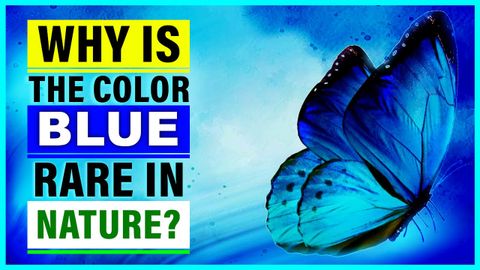為什麼自然界中的藍色如此罕見? 藍色是一種顏色還是視錯覺? (Why is the Color Blue So Rare in Nature? Is blue a color or optical illusion?)
Elise Chuang 發佈於 2022 年 04 月 18 日  沒有此條件下的單字
沒有此條件下的單字US /səbˈskraɪb/
・
UK /səb'skraɪb/
US /ˈprɑsˌɛs, ˈproˌsɛs/
・
UK /prə'ses/
- v.t.用電腦處理(資料);(依照規定程序)處理;處理;流程;加工;理解
- n. (c./u.)(規定的)程序;過程;進程;方法;法律程序;進程
US /ɪˈlɪməˌnet/
・
UK /ɪ'lɪmɪneɪt/
US /dɪˈtɚmɪn/
・
UK /dɪ'tɜ:mɪn/
